POSTCITY
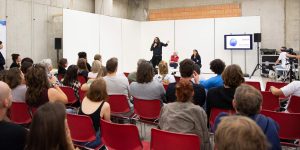
Gallery Spaces Panel VII: Digital art going mainstream?
With the history of digital art commencing in the 1960s to current immersive digital art installations, (meow wolf, artechouse Team Lab or GAN) generating an immense following quickly and quoted as commercially successfully - did digital art become mainstream? Marketplaces for native digital art mushroom in a battle for creators advertising a new way of experiencing, collecting and showing art. The conversation will try to unfold what artistic production of digital art means for the artists themselves, museums and collectors with regard to exhibition making, collecting and archiving.

H.C.S (Hybrid Cellular Scaffolding)
Carlos del Valle (ES)
This ongoing research is an interdisciplinary and speculative process that explores – through the lens of BioArt – the fusion between printed scaffolds and non-organic forms of artificial design and decellularized E.C.M (extracellular matrices). In this hybridization of materials, cells of different cell lines will be cultivated.
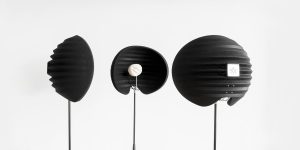
Spiritual reality
Lou Cantor (DE)
Wenn wir mit den Chatbots von Lou Cantor sprechen, sprechen wir in eine akustische Leere, die dazu dient, die gesprochenen Geräusche in einem Aufnahmemikrofon zu isolieren. Das Mikrofon selbst wird durch eine Skulptur in Form eines humanoiden Mundes ersetzt. Wir erwarten eine Antwort, während wir Fragen oder Bedenken äußern, aber es wird keine Kommunikation zwischen uns und dem Mikrofonersatz des Chatbots geben.
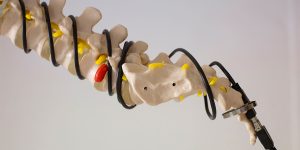
NFT (New Flesh Toys)
Guillem Sarriá Verdú (ES)
NFT consists in the design of prototypes for research into possible haptic interfaces that explore anthropomorphic questions and new forms of ergonomics. The use of these speculative artifacts as instruments generates atmospheres through specific references to sci-fi, cyberpunk mythology and sound experimentation.
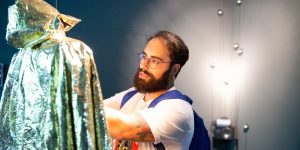
CONTRA
Miguel A. Sislian (ES)
CONTRA project presents itself as an interface with a critical character in relation to different systems. The main concepts which are analyzed are power and control of individuals in both physical and digital spaces.
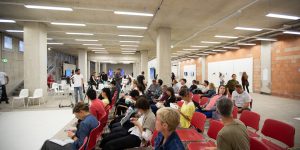
Gallery Spaces Panel VI: Paradoxes and obstacles in maintaining and staging alive biomedia art
This panel with prominent protagonists involved in the field of biomedia art discusses the unprecedented challenges to stage, transport, conserve and collect art that appropriates and subverts the most diverse technologies of the life sciences. The shift from organic representation or simulation to actual biological manipulation results in technical, institutional, regulatory, legal, ethical, bureaucratic, philosophical and aesthetical issues with regards to museum infrastructures, the status of living organisms, tissues and GMOs, and their fragility when maintaining, conserving, re-enacting or shipping them. Such works at the threshold of microperformativity and necropolitics face undesired bacterial deterioration and contamination, and cultural institutions and collectors are still ill-equipped to deal with the subsequent issues.

NISS: Network Interaction Sound Sniffer
Sergio Lecuona Fornes (ES)
NISS is a sound installation that reacts to the exchange of data carried out through a WiFi network. The soundscape produced by eight reception bells and synthesized sounds makes the hidden digital dialogues between devices perceptible.
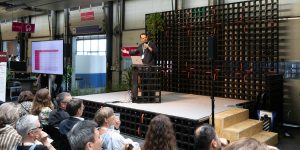
Practices & Impacts of STARTS Collaborations
FRI 6.9. | 10:00 – 12:00 Practices and impacts of interdisciplinary approaches will be discussed through innovative projects, with a special focus on the link between artificial intelligence and music.
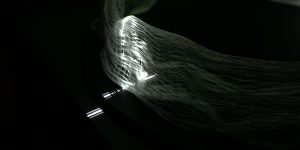
CROSSING #03
Akinori Goto (JP)
In this work, when the light from the slit is projected onto the sculpted object, the movement of walking people is revealed. By reorganizing the diverse people filmed by the artist onto a single time axis, something akin to a community moving toward a purpose takes shape. Within this is a movement that differs from physical movement.

Chilean Artist Talks
This year, for the second time, the Ministerio de las Culturas, las Artes y el Patrimonio and the Ministerio de Relaciones Exteriores | Gobierno de Chile and Ars Electronica Linz collaborated in asking artists, scientists, designers, researchers, entrepreneurs and social activists from Chile or with a Chilean background to participate in the Ars Electronica Festival and discuss the current developments and tendencies in the Chilean media art scene.


